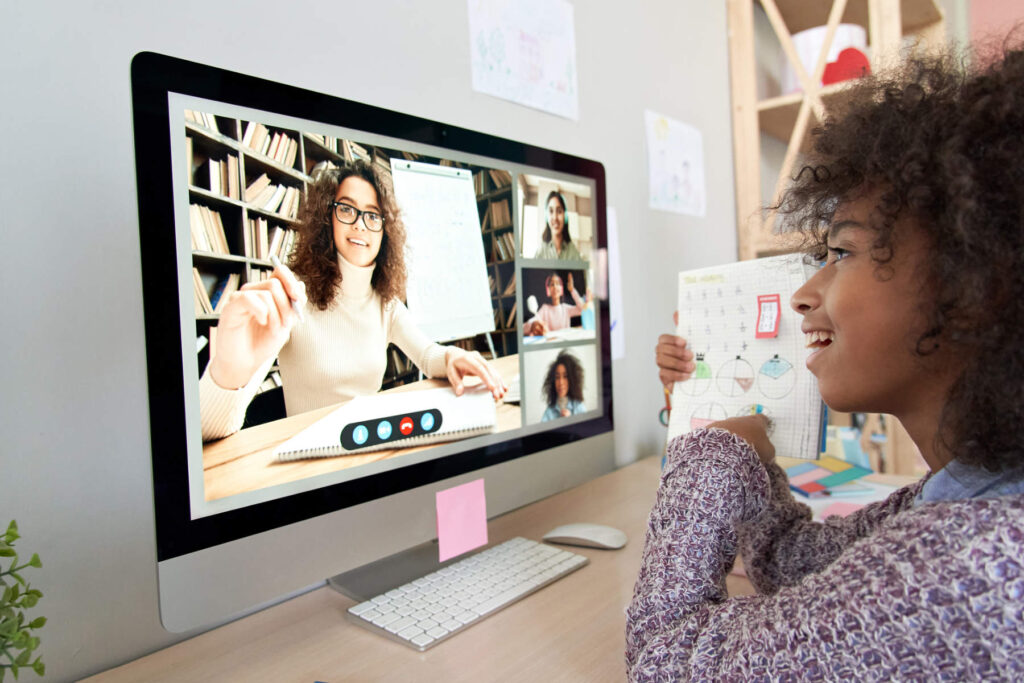

In today’s digital-first world, accessibility in learning materials is not just a nice-to-have—it’s a necessity. As education increasingly moves online, students with disabilities face more barriers if content isn’t designed with inclusivity in mind. From visual impairments to cognitive challenges, many students rely on accessible design to fully participate in learning.
When educational content fails to meet accessibility standards, it effectively excludes a portion of the student population, widening the educational gap instead of closing it.
Accessible learning materials are designed so that all students, regardless of their physical or cognitive abilities, can access and understand the content. This includes considerations such as:
In many regions, accessibility in education is not only recommended—it’s legally required. Standards like the Web Content Accessibility Guidelines (WCAG) provide a framework for designing inclusive content, and failing to comply can result in legal consequences for educational institutions.
But beyond the legal aspect, there’s a moral imperative: every learner deserves an equal opportunity to succeed. Accessible materials ensure no one is left behind due to preventable design flaws.
Interestingly, accessible design often benefits everyone, not just those with disabilities. For example:
Creating accessible learning materials may sound complex, but it begins with small, intentional steps:
Accessible learning materials are no longer optional—they’re essential. They reflect a commitment to equity, dignity, and the belief that every student has the right to learn. As we move toward a more inclusive education system, accessibility must be at the heart of every digital resource we create.
Discover more stories and insights that align with your interests. These handpicked articles dive deeper into accessible learning, inclusive education, and tools to empower your teaching journey.